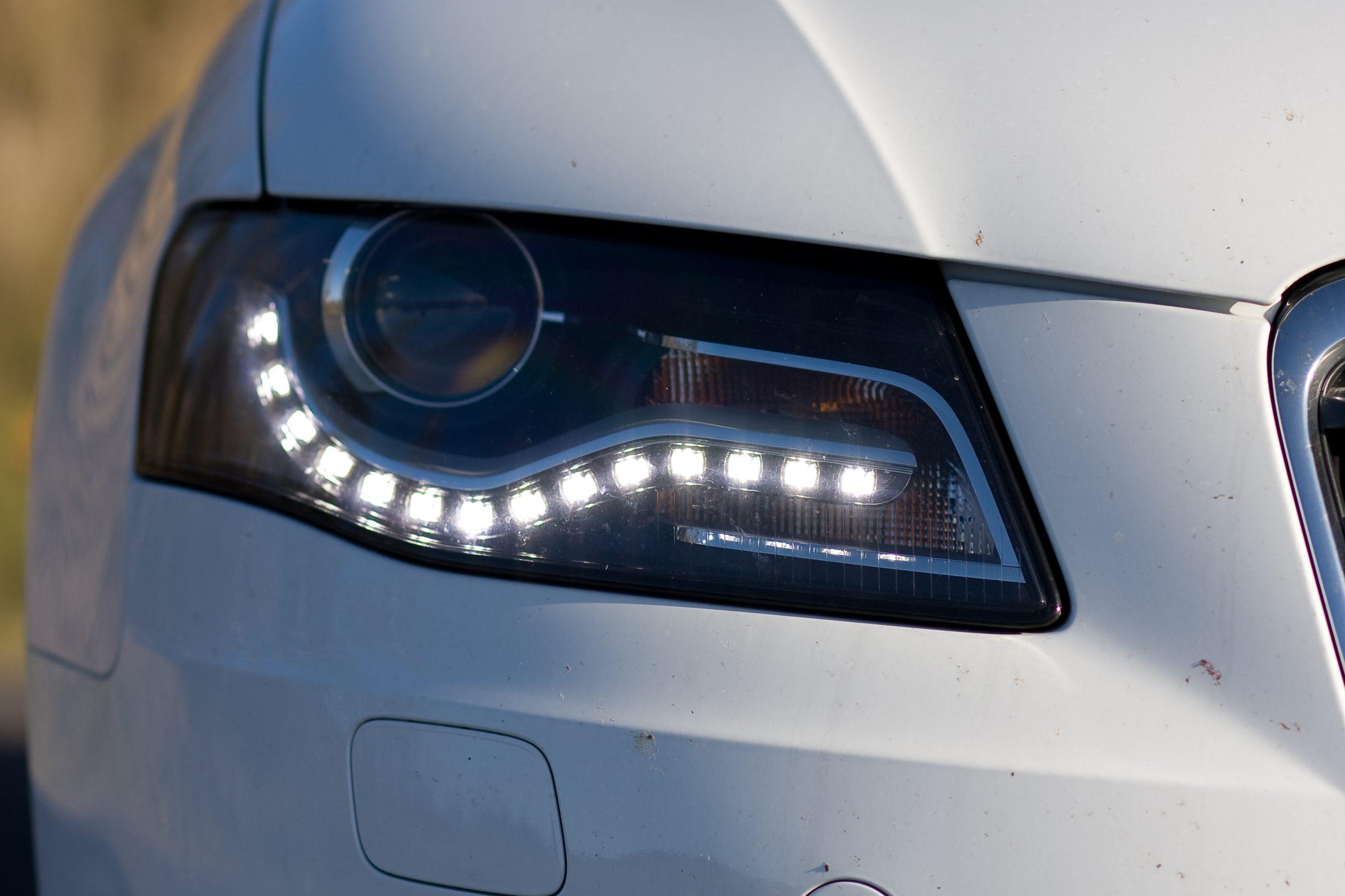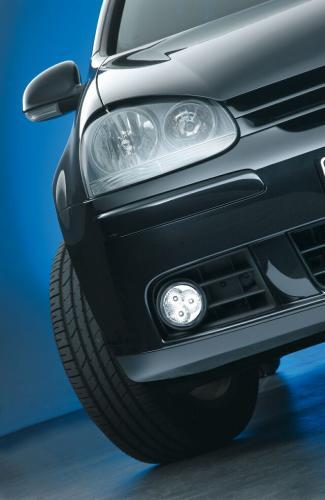
Daytime running lights
 Driving all day with the lights on is not very economical and not only causes your headlight bulbs to burn out faster, but also increases fuel consumption.
Driving all day with the lights on is not very economical and not only causes your headlight bulbs to burn out faster, but also increases fuel consumption.
In Poland, since 2007, we have been obliged to drive with headlights all year round and around the clock, and for this we mainly use low beams. Headlight bulbs consume a lot of electricity, which in turn increases fuel consumption. Instead of low beam headlights, we can use daytime running lights (also known as DRL - Daytime Running Lights), somewhat forgotten in Poland, specially designed for this purpose. 
Daytime running lights are arranged a little differently than low beam headlights. they do not use halogen bulbs, as they only serve to ensure that the car is clearly visible to the surrounding day, while the illumination of the road does not matter here. Therefore, they can be much smaller and give a weaker, less blinding light.
In today's daytime running lights, LEDs are very often used instead of a conventional bulb, which emit an intense white light, especially visible to oncoming vehicles.
Philips engineers have calculated that the life of the LEDs will be enough for about 5. hours or 250 thousand kilometers. Another indisputable advantage of DRL-i over low beam is that they consume little electricity compared to conventional light bulbs (low beam - 110 W, DRL - 10 W). And this entails, above all, lower fuel consumption.
Additional daytime running lights (DRLs) should work very simply, i.e. turn on automatically when the key is turned in the ignition and turn off when the car's standard lighting is turned on (dipped beam). Additional daytime running lamps must bear on the body an approval mark with the symbol “E” and a numerical code. The regulation defines the special parameters of ECE R87 daytime running lights, without which it is impossible to move around Europe. In addition, Polish regulations require that the tail lights turn on at the same time as the daytime running lights.
Additional lamps can be placed, for example, on the front bumper. According to the regulation that defines the technical conditions for allowing cars to move, the distance between the lamps must be at least 60 cm, and the height from the road surface from 25 to 150 cm. In this case, the headlights should not be more than 40 cm from the side of the vehicle.
Source: Philips
